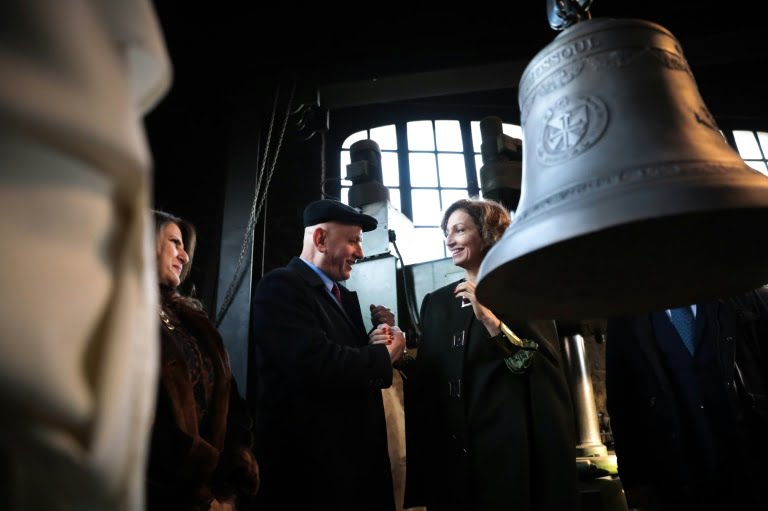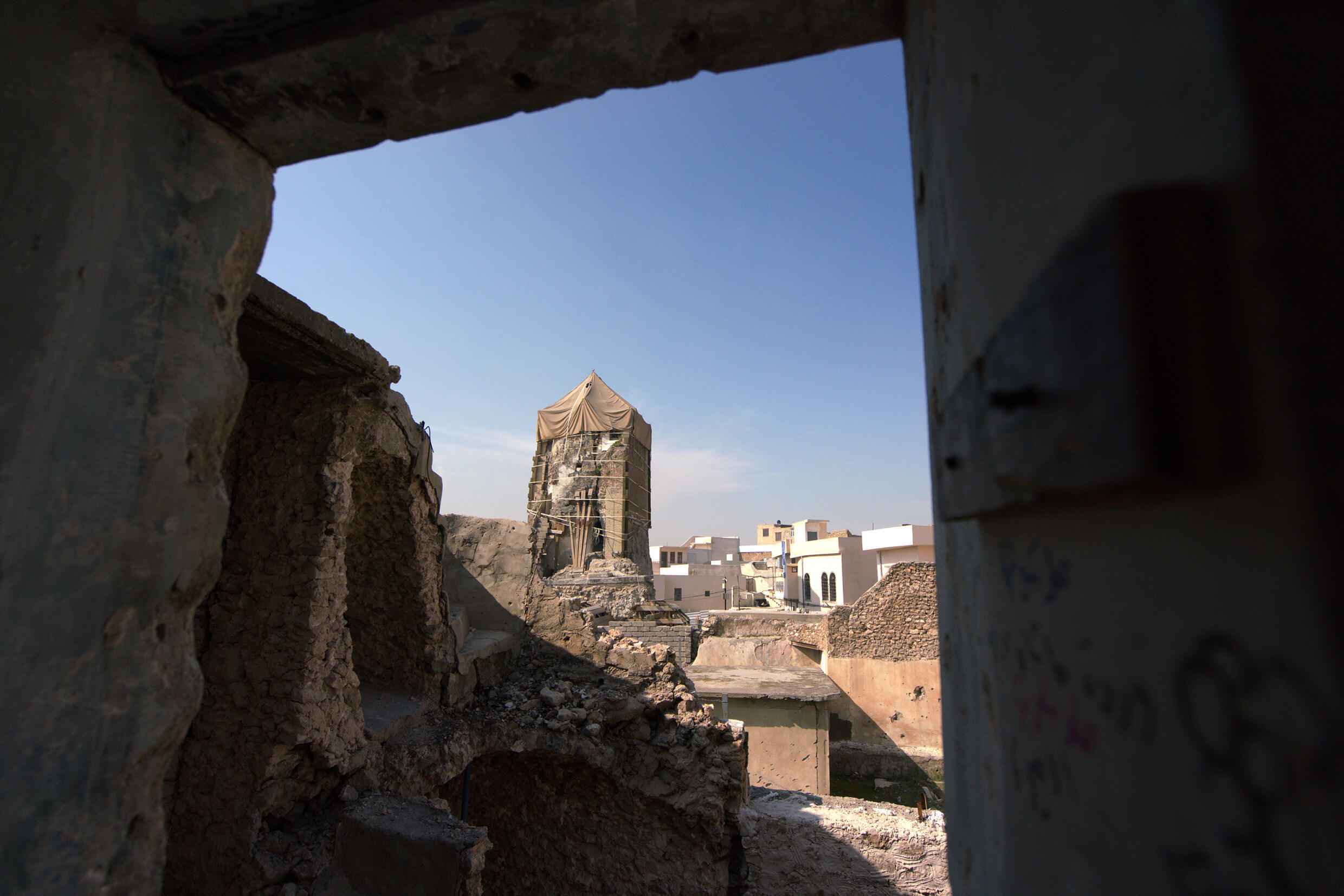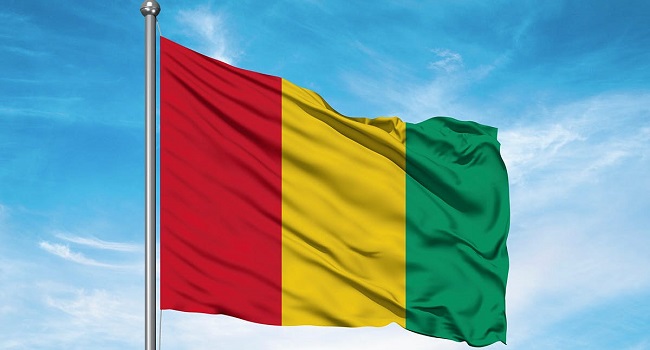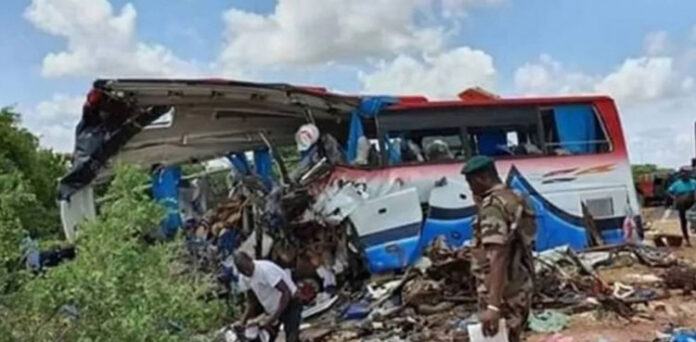Restored church bells provide a ray of hope in an Iraqi city destroyed by the jihad
They ring for everyone,” UN cultural envoy Audrey Azoulay said during a visit to Mosul, Iraq’s second-largest city in the north.
A city renowned for its religious and cultural variety has been occupied by the Islamic State group for three years, and her organization, UNESCO, is reconstructing churches, mosques, and other structures that have been destroyed.
Azoulay, director-general of the United Nations Educational, Scientific and Cultural Organization, said that it was a sign of a return to peace, link to past, as well as hope for the future.On the second day of her tour, she gave a speech to highlight UNESCO’s help for Iraq’s reconstruction after the country’s rich heritage was destroyed by conflict 20 years earlier.
Since 2018 UNESCO has raised more than $150 million for projects in Iraq, mostly the reconstruction of Mosul.
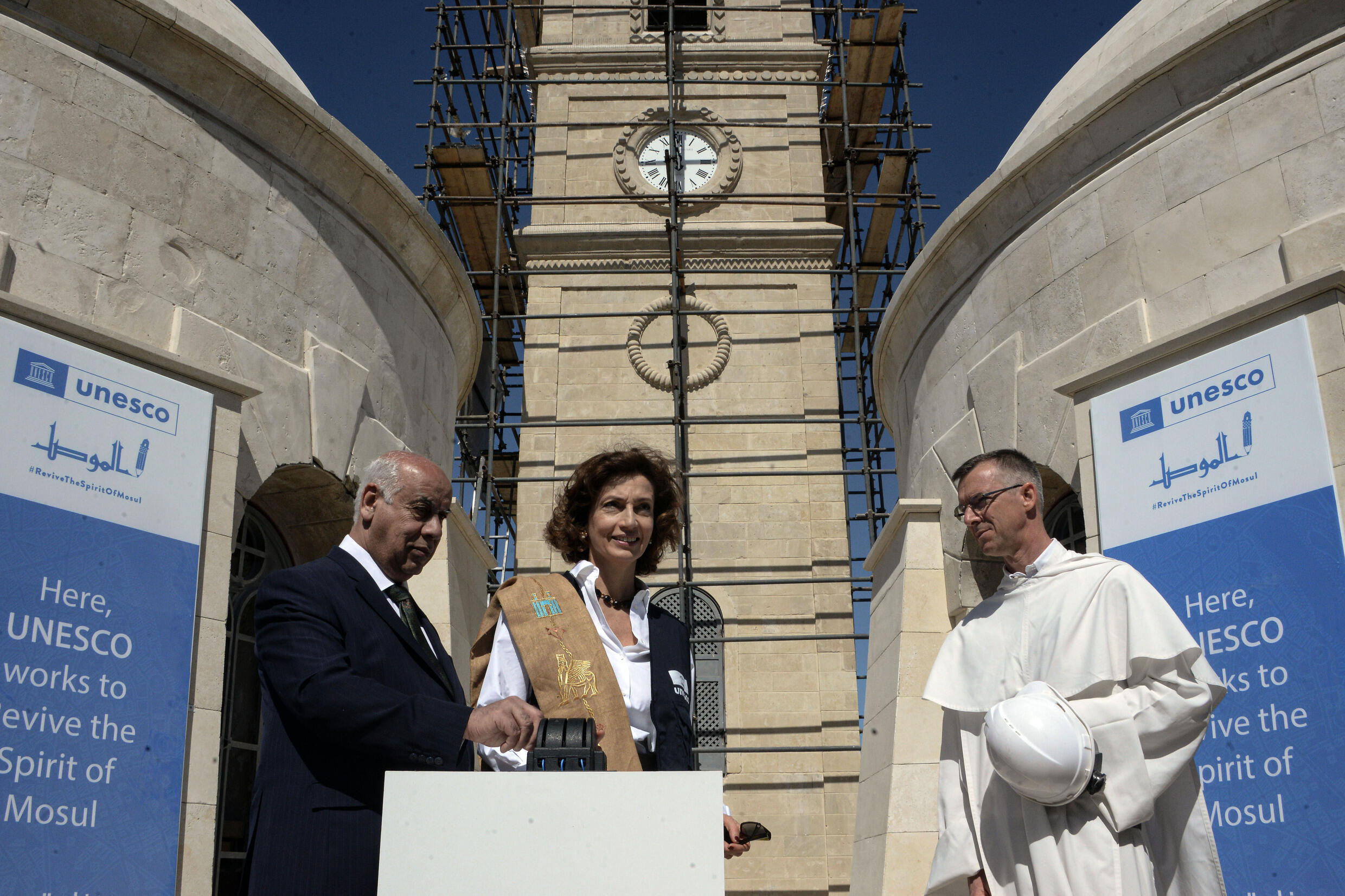
IS seized the city as its stronghold before being pushed out in 2017, but the battle to retake it reduced the Old City to rubble.
Under UNESCO’s “Revive the Spirit of Mosul” initiative, mosques, churches and century-old homes are being rebuilt.
The sound of dialogue
The three newly arriving church bells from France rang from the bell tower at the monastery known as Our Lady of the Hour, one of the most notable restorations.
Its name, Al-Saa, or the clock church, comes from a clock that France gave the Dominicans in 1880 to honor their contributions to culture and society.
Azoulay said that the convent established Iraq’s first girls’ school and female teachers’ college. According to her, the location also housed Mesopotamia’s first printing press.
Its three new bronze bells, the biggest of which weighs 270 kilos and is named after the archangels Gabriel, Michael, and Raphael (168 pounds). According to Azoulay, a former French cultural minister, they were cast at the same French foundry in Normandy that created those at Notre-Dame Cathedral in Paris.
We are in a location that is “extremely iconic” in terms of religion, culture, coexistence, and education.
Dominican Father Olivier Poquillon praised the “magnificent stone, gilded a little like bread” used to rebuild the convent church’s walls.
The Al-Nuri mosque in Mosul and the nearby Al-Hadba or “hunchback” minaret, both of which date to the 12th century, are also being restored by UNESCO. During the conflict to reclaim the city from IS, they were destroyed. The facility was allegedly bombed by explosives planted there, according to the Iraqi army.
The long-established Iraqi Christian community in the area was further destroyed by the entry of the jihadists. Iraq’s Christian population has decreased to roughly 400,000 since Saddam Hussein was overthrown there by a US-led coalition in 2003.
Still, “we are witnessing life return to the region,” Poquillon said late last month as he supervised installation of the bells which he thinks will reclaim “a function of dialogue”.
He claimed that in Mosul’s Old City, both the mosque minaret and the church bells can be heard calling their adherents to prayer.
© AFP
